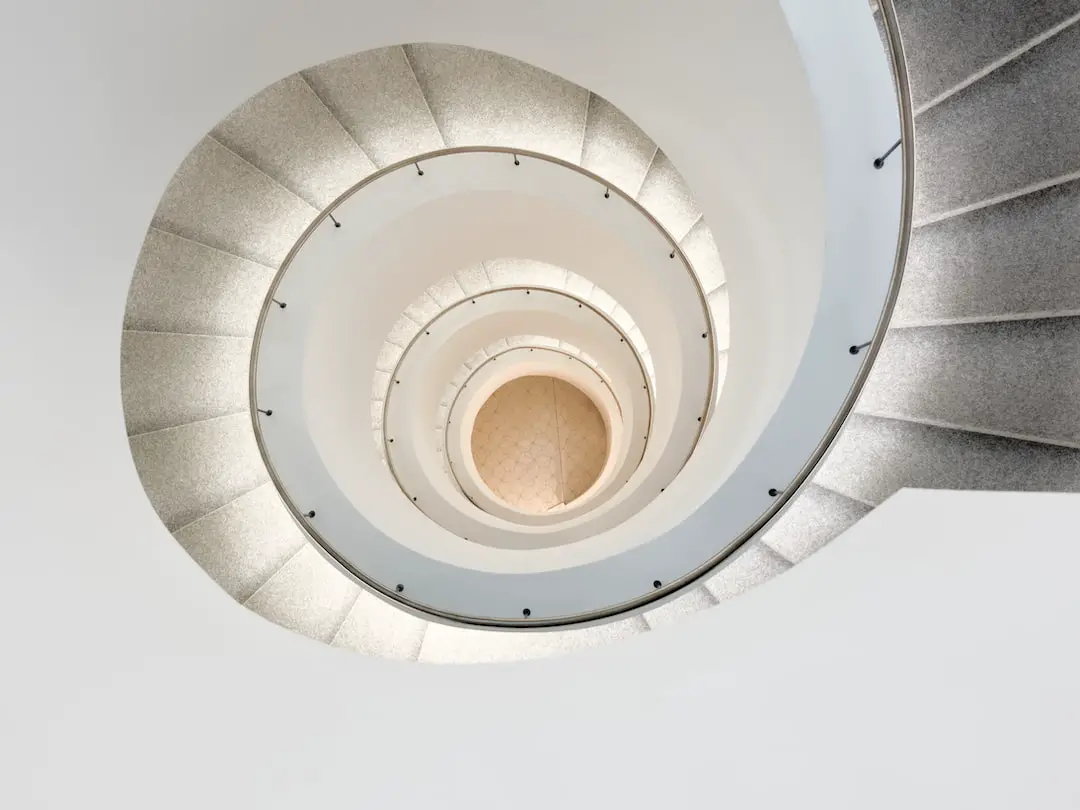
Mandaue City, a vibrant urban center in the heart of the Philippines, has undergone a remarkable transformation over the years. Its architecture tells a story of cultural fusion, resilience, and innovation. From the sturdy, Spanish-influenced churches to the sleek, modern buildings that now punctuate the skyline, Mandaue’s structures are a testament to its rich history and its bold leap into the future.
The Roots of Mandaue’s Architectural Heritage
The city’s architectural journey began with robust Spanish colonial structures. The Basilica Minore del Santo Niño, though not in Mandaue itself, casts a historical shadow over the nearby city, influencing its early architectural designs. Mandaue’s own National Shrine of St. Joseph stands as a relic of the past, with its coral stone walls whispering tales of the Spanish era.
In the post-colonial period, Mandaue slowly started to embrace a more Americanized style. The city saw the rise of buildings with neoclassical elements, a trend that was common across the Philippines during the American occupation. These structures served as a bridge between the old and the new, blending local and foreign influences.
Post-War Developments and Modern Influences
After World War Ii, Mandaue City, like much of the Philippines, had to rebuild. This period saw a shift towards simpler, more practical designs. The rebuilding phase was characterized by the construction of mid-century modern buildings that focused on function over form.
As the economy began to grow, so did the city’s skyline. The 1980s and 1990s brought about a boom in real estate, with developers erecting commercial buildings and residential complexes. These new structures reflected a more contemporary aesthetic, with glass facades and steel frames becoming increasingly common.
Embracing Sustainability and Innovation
In recent years, Mandaue City has seen a surge in sustainable architecture. Green buildings, designed to minimize environmental impact, are on the rise. The city’s architects and developers are now prioritizing eco-friendly materials and energy-efficient designs.
Innovation has also taken center stage. The city’s landscape is now dotted with buildings that showcase cutting-edge design and technology. From smart homes to high-rise office buildings, Mandaue’s architecture is a blend of form, function, and sustainability.
Iconic Structures That Define Mandaue
One cannot talk about Mandaue’s architecture without mentioning the J Centre Mall. This modern complex combines shopping, dining, and entertainment under one roof, all while showcasing contemporary design elements.
Another notable structure is the Mandaue City Hall. It stands as a symbol of governance and public service, with its architecture reflecting a mix of traditional Filipino styles and modern lines.
Preserving the Past While Building the Future
Despite the rush towards modernization, Mandaue has not forgotten its roots. Efforts are being made to preserve historical landmarks. The city’s heritage sites are being restored and maintained, ensuring that the legacy of Mandaue’s architectural past continues to live on.
At the same time, new developments are being planned with a keen eye on the city’s cultural identity. Architects are finding ways to incorporate local motifs and materials into their designs, creating a unique blend that is distinctly Mandaue.
FAQs About Mandaue City’s Architecture
- What architectural styles are prevalent in Mandaue City?
Mandaue City showcases a mix of Spanish colonial, American neoclassical, mid-century modern, and contemporary architectural styles. The city’s landscape is a testament to its historical influences and modern advancements.
- Are there any efforts to preserve Mandaue City’s historical buildings?
Yes, there are ongoing efforts to preserve and restore Mandaue City’s historical landmarks. The local government and various organizations are actively involved in maintaining the city’s architectural heritage.
- How is modern architecture in Mandaue City embracing sustainability?
Modern architecture in Mandaue City is increasingly focusing on sustainability. This includes the use of eco-friendly materials, energy-efficient designs, and green spaces that promote environmental conservation.
Conclusion
Mandaue City’s architecture is a rich tapestry that narrates its evolution from a colonial outpost to a modern urban hub. The city’s buildings are more than just structures; they are the embodiment of its history, culture, and aspirations. As Mandaue continues to grow, its architecture remains a dynamic and ever-changing landscape, reflecting the spirit of its people and the era they live in. With a commitment to sustainability and innovation, Mandaue City is poised to keep its architectural heritage alive while forging a new path into the future.
For those of us who’ve walked its streets and admired its skyline, Mandaue City’s architecture is not just about the buildings—it’s about the stories they tell and the lives they touch. It’s a testament to the city’s resilience and its unwavering gaze towards tomorrow. And let me tell you, it’s a sight to behold!